Have you ever thought, “Why am I doing this activity? What is the point?” A common response from veteran teachers is something like, “I’ve done it this way for ___ years!” A few years ago, I would say something similar like, “This is what other teachers are doing.” To be candid, that is simply unacceptable. Just because we have taught a similar way for many years, doesn’t mean it is effective. The first step to fixing a problem is admitting there is one, as I did. Let’s face it: Times are changing, how students learn is changing, and it’s our job to adapt.
It’s important to ask yourself tough questions, for the sake of your students, such as “Has this strategy really been effective for all those years? If so, how do I know? Should I keep teaching this 3rd-grade class like I taught 3rd grade 20 years ago? We need to stay current with research and best practice. Be intentional and purposeful. Be prepared. Doing what’s right and best for students isn’t always easy.
Every day, teachers make hundreds of choices on the spot. Situations that we could never plan for, never think of happening. My goal is to make those as few as possible by being as proactive as I can. When I look at my lesson plan before teaching a lesson, I ask myself many questions. Every single thing that could happen, I try to consider it before the lesson. If I don’t have an answer to those questions, I stop and consider the “Why”. Based on my knowledge of students, why is this the best strategy for THESE students at THIS time?
- What is the goal of my lesson?
- Why do I group this way?
- Why am I showing GIFs of the skill?
- Why do I have them self-assess?
- Why do I have them celebrate/cheer?

- How do I know students have demonstrated this skill/concept?
- Why do I finish the class with a “mindful minute”?
These are just a few questions I might ask myself before teaching. Let’s revisit these questions with possible answers before teaching an actual lesson to my 3rd-grade class.
- What is the goal of my lesson? The Grade Level Outcome is “Works cooperatively with others. (S4.E4.3a).” When the students show respect to each other, everyone feels valued. Having a loving classroom climate also helps students accomplish future objectives quicker because they are more on task and lessons run more smoothly.
- Why do I group this way? Using Class Dojo to immediately assign random partners is quick and efficient. They see who they are paired with, and quickly start the activity with them. Instead of just picking their best friends and possibly leaving someone alone, this encourages open-mindedness in an emotionally safe environment. They learn about new people and make new friends.
- Why am I showing GIFs of the skill? GIFs (Graphic Interchange Format) are short, repeated videos. Having these models on the projector gives me an “extra teacher” as it frees me up to give individualized feedback and build relationships. Most of my students are visual learners (see, then do). Using GIFs limits teacher talk time and increases student engagement.
- Why do I have them self-assess? Self-assessments allow for a student-centered environment where s
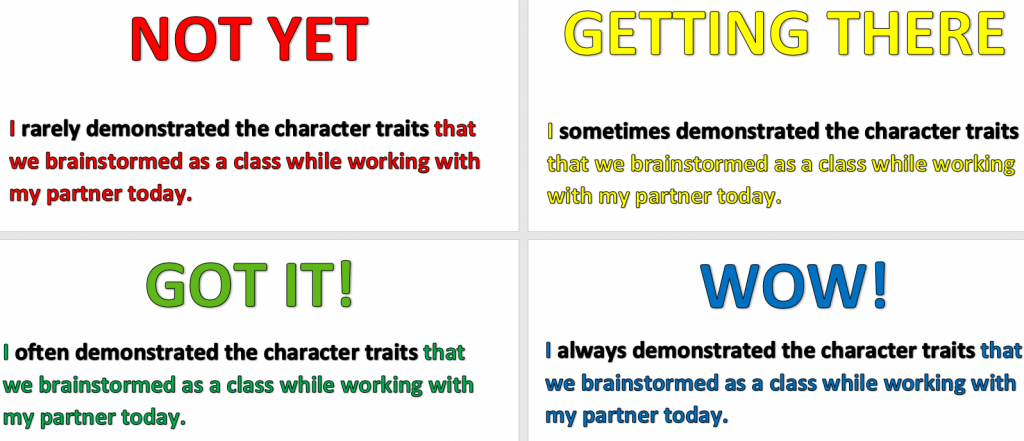 tudents can be autonomous. It gets them thinking about how they are doing within the activity, and possibly make adjustments if needed. It also allows me to see where they think they are, compared to where I think they are.
tudents can be autonomous. It gets them thinking about how they are doing within the activity, and possibly make adjustments if needed. It also allows me to see where they think they are, compared to where I think they are. - Why do I have them celebrate/cheer? By having them respectfully celebrate their accomplishments, students are more likely to remember those moments in the future. They will remember the joy they had in class, as they connect “Physical Education” and “happiness”. Making this connection will improve the chances of them being physically active in the future.
- How do I know students have demonstrated this skill/concept? I will know students have demonstrated the skill of cooperation by whether they are using good body language, treating people with respect, taking turns, giving compliments, and praising others for the efforts. These came from the ideas they wrote on post-it notes and stuck on the board when I had them brainstorm. When students are involved in determining the success criteria for assessments, they are more likely to be motivated and to “buy in”. I also have students make videos to share with other classes on certain concepts, deepening their knowledge and providing them leadership opportunities.
- Why do I finish the class with a “mindful minute”? Finishing class with a “mindful minute” (breathing in through the nose and out through the mouth, eyes closed) helps calm students down. It ensures they are both emotionally and mentally ready to return to class.
The mantra I learned from the National Board Certification process and that have since adopted is, “Because I know X, I do Y, which impacts student learning by Z”. An example of this would be, “Because I know Logan struggles to stay positive and thinks others don’t notice him, I wear a “Spiderman” shirt (his favorite superhero, making him smile and feel loved), helping him stay on task, which impacts his learning by improving his chances of meeting the learning objectives.”
Here are other tips for intentional planning:
1. Develop A Planning Philosophy:
My instructional practices include using backwards design, beginning with the Grade Level Outcome (GLO). I then consider the skill levels, diversity, and student motivation to determine activities to reach the GLO. Instruction is designed to be developmentally appropriate so all students have opportunities to experience success. I develop “depth of knowledge” discussion questions ahead of time to ensure each student is challenged appropriately.
2. Make Learning Relevant:
Everything you teach, explain how it could impact students. For example, I teach many skills that improve hand-eye coordination like catching scarves, striking with paddles, and jumping rope. As a class, we discuss other activities that they do on a regular basis that improve hand-eye coordination (handwriting, playing catch, riding a bike, etc.). Making this connection makes it relevant and meaningful for them. Another example is determining what your class is interested in this year. Last year they might have been interested in Fortnite, while this year it might be Pokemon. Use Pokemon signs and terminology when appropriate to improve engagement. You’ll be amazed at how interested they will be to do a word problem in math when it involves something they enjoy.
3. Be Detail Oriented
With each student, know what motivates him/her and what resources he/she might benefit from. A passion of mine is proactively discovering modifications and adaptations to differentiate and meet all students’ needs. For example, I have a student from France who speaks very little English. She and I use the app Google Translate on an iPad, allowing her to communicate with confidence.
4. Make Directions Simple And Obvious
Part of my job is to make every direction and activity as simple to understand as possible. Establish consistent routines, and have students practice them often. For example, before students go to different area/station, I first have them point to it and say the color or number of the area they will find. I color coordinate everything, so students can easily find the “blue cone”. I do “slow demonstrations” of activities, so students can see concepts broken down in slower, more digestible chunks and aren’t overwhelmed with a certain concept/activity.
5. Use Visuals
I use my projector all day for videos and GIFs (repeated videos for students to model) allowing students to constantly reference and determine how to perform the skill independently. When not showing a video or GIF, I leave the projector on with this background. By seeing this constantly, students rem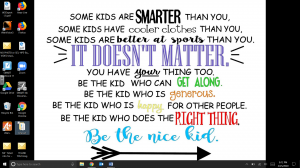 ember what is important to me in my class. It provides a subconscious reminder of how to act. This is an intentional plan, helping reinforce values and concepts during transitions or when I’m giving instructions.
ember what is important to me in my class. It provides a subconscious reminder of how to act. This is an intentional plan, helping reinforce values and concepts during transitions or when I’m giving instructions.
6. Model Desired Behavior
Students look up to teachers. They are always watching. Whatever we expect our students to do, we must be modeling that behavior. We need to stay positive and put forth our best effort every day.
7. Plan Your Transitions:
I use “walk and talks” to maximize learning during transitions. This strategy allows for students to engage in a conversation relative to objectives, as I listen to their responses and use them as formative assessment, helping drive future instruction. To my students, I might say, “As we walk to the line, talk with your partner about how rolling and throwing are similar and different. Go.” This does several things. When students are talking, they are more likely to walk safely instead of running. Also, it provides me evidence of what the students understand from the lesson and drives future instruction. For example, if they weren’t able to give many examples, I know I would need to re-teach that concept, next class. If they do, we can move on.
8. Reflect Every Day
By carefully analyzing and reflecting on your teaching practice daily, teachers can improve instructional practice which impacts student learning. I take quick notes throughout the day of what worked and what didn’t. At the end of the day, I reflect and make the necessary adjustments in my lesson plan for future classes. I also enjoy recording a lesson so I can see what kind of feedback I’m giving to students, whether students are as engaged as I thought they were, whether I’m moving around the entire learning space, etc. This can be scary, but we aren’t able to see everything that happens within the moment.
Every minute, even every second, of the lesson is significant. Intentional, purposeful planning takes a little extra time upfront, but it makes all the difference in how the effectiveness of the lesson. Make these lessons relevant and meaningful for your students. Both you and your students will be glad you did.

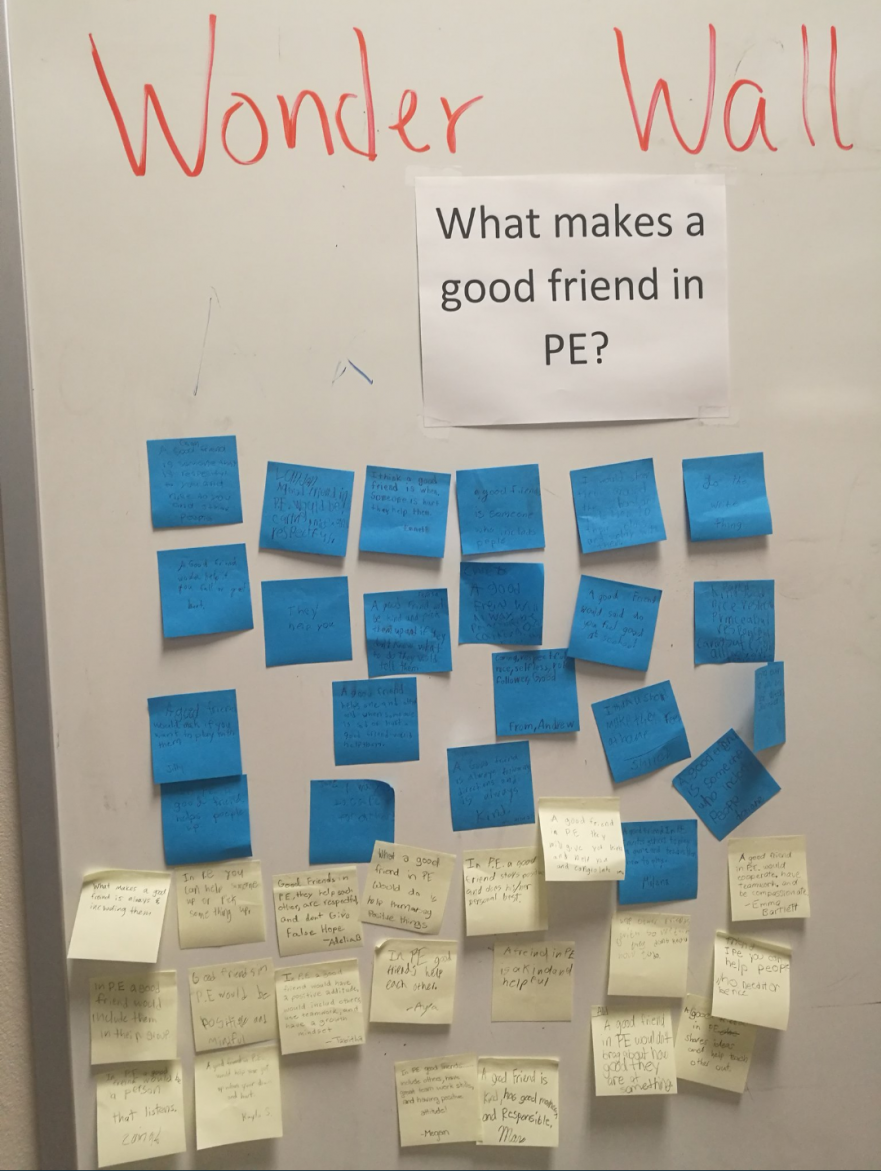




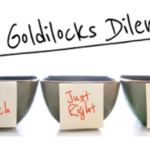
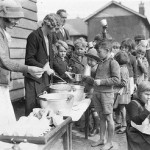

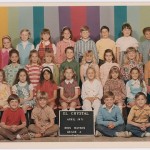
Comments 6
Hey Kyle – Nice job sharing your philosophy and teaching goals. As I approach my last few years of teaching, I love to hear success stories.
I am proud to have achieved National Board certification twice! I renewed in 2015 to be certified until 2025. I’m going to share this article with my current principal, who gave me the chance to return to Germany with DODEA as a veteran teacher. My first teaching job was in 1984 as a military dependent wife.
All the best! Continue sharing your awesome work!
Tessa
Author
Thanks for reading it, Tessa!
Great post Kyle! So helpful to think through the WHY behind what we do as teachers and to be able to articulate it to others sets you apart from the majority of teachers and gives your program purpose and intentionality – Keep it up man
Author
Thanks, Ben! You have been a huge influence on my development as a teacher. I appreciate you!
You have been a huge influence on my development as a teacher. I appreciate you!
I loved seeing a glimpse of your very intentional teaching strategies for PE! It was great how you gave specific examples of answering the questions and then outlined how others could make their lessons more intentional. National Board changed some much about me, but I think being intentional is one of the most important qualities. I also find it to be one of the greatest compliments I receive from from evaluators. When they tell me how “intentional” I am, my teacher heart feels so seen and understood. There really should be a reason for everything we do in education–and we need to evaluate those reasons on a regular basis. Great blog! Circumstances are different now with schools closed and the conversation to home learning–and these questions are even more important in my opinion!
Four years ago I joined a school district, and then big push was anchor charts. I loved the concept, hated how they were rolled out. When I saw your Gif’s it clicked. What a great idea. It is a way to get the Anchor chart into the student’s hands without being contingent on having it on the wall. Fantastic idea, and they are highly visual, easy to do, and relevant. As well you can turn it over to students, and have them create them as well.